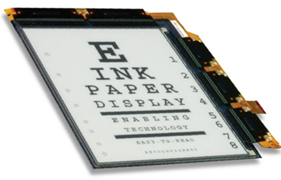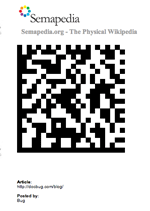The latest buzz buzz in FM music formats is Jack-FM, a nationally syndicated format that eliminates DJs and replaces them with essentially random shuffle-play (the rough transitions between radically different songs is part of the charm). The playlist is pulled from a library of around 1,200 songs, about 3-4 times that of a traditional station, though all songs have to have been in the top 40 in the last 40 or so years. Jack-FM’s website attributes their success to the iPod making people comfortable with shuffle-play:
Random acts of greatness “jack” radio. Several kajillion iPod™ users can’t be wrong. Thanks to the shuffle feature, hearing different styles of music one after another feels completely natural, and desperate radio programmers have taken notice. The “Jack” format—so named for its Everyman inclusiveness—is popping up in every market to save commercial radio from obsolescence.
I’m skeptical about Jack “saving commercial radio from obsolescence” — it sounds more like the blowing of taps to me. Way back when, before the days of top-40 or Clear Channel, DJs actually added value through their extensive record collections and expert knowledge of who the hot new groups were. But that was then, and by eliminating DJs altogether, Jack is declaring that the job music-radio DJs do today can be done just as well and more cheaply by a random-number generator.
That may be true, but I have to wonder if the radio stations embracing this format have thought this cynical line of thinking all the way to its conclusion. If Jack is so wonderful because it emulates my iPod on shuffle play, then why the heck do I need their advertisement-filled, frequency-hoarding broadcast at all? Sure, 1,200 songs is better than 300, but my iPod holds over ten times that many songs, lets me skip songs, lets me pick my own formats and lets me share my playlists with my friends — all ad-free. The only advantages broadcast has over the iPod are expert DJs (which they’re eliminating), installed base of radios (which iPod-like technology will eventually match), and the arcane copyright laws that give radio broadcasters a way to legally broadcast without needing to pay the RIAA or recording artists (though they still pay song writers through BMI or ASCAP.) Even in the slow and bloody copyright wars, that third advantage is also slipping away. Today I can fill my iPod from an all-you-can-eat subscription service, from Creative Commons and other legal free-download sites, or from a number of less legal sources, and other sources keep rising. Once it becomes ubiquitous, why would we as a society keep granting exclusive rights to scarce public radio frequencies for such an archaic way to transmit music?




